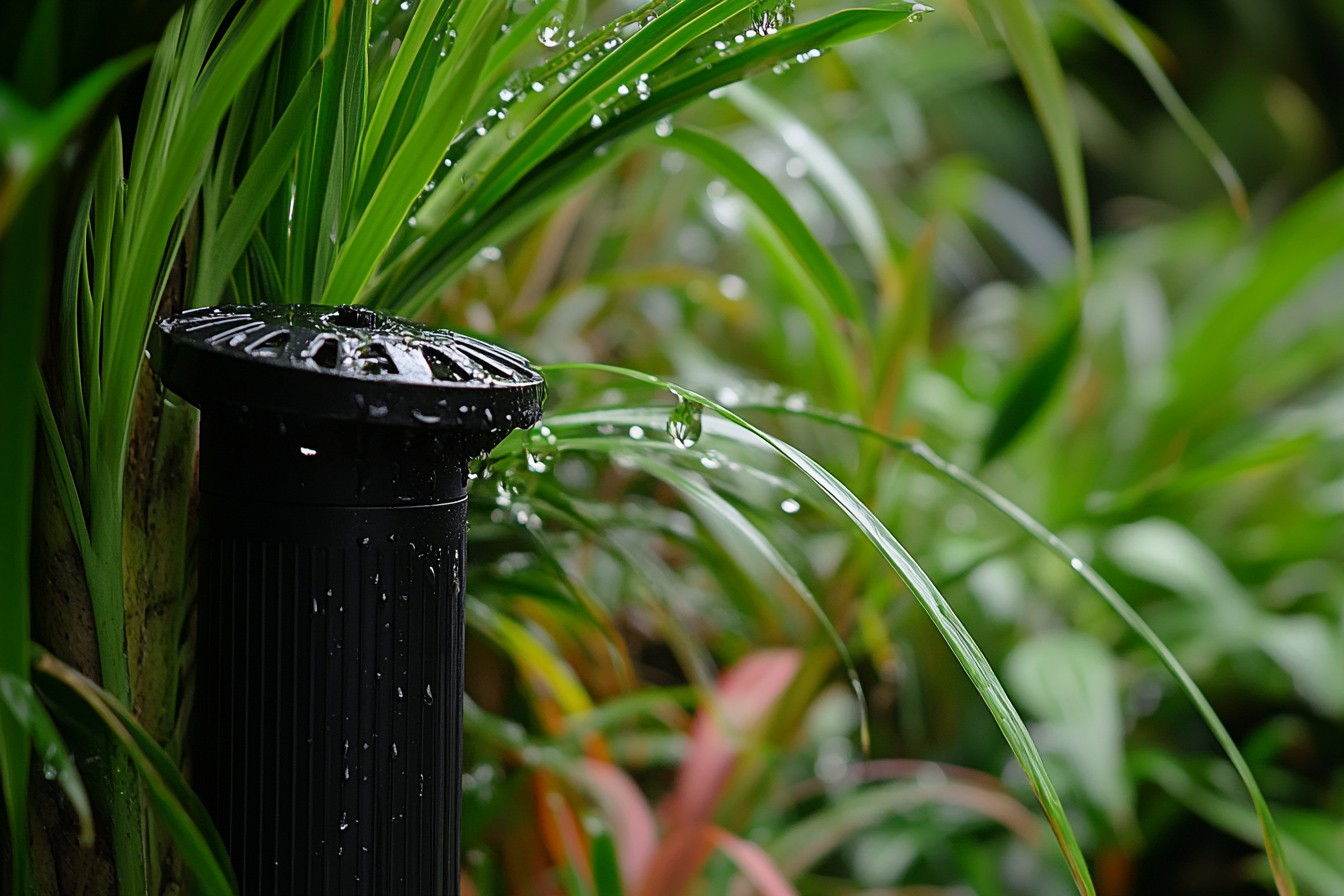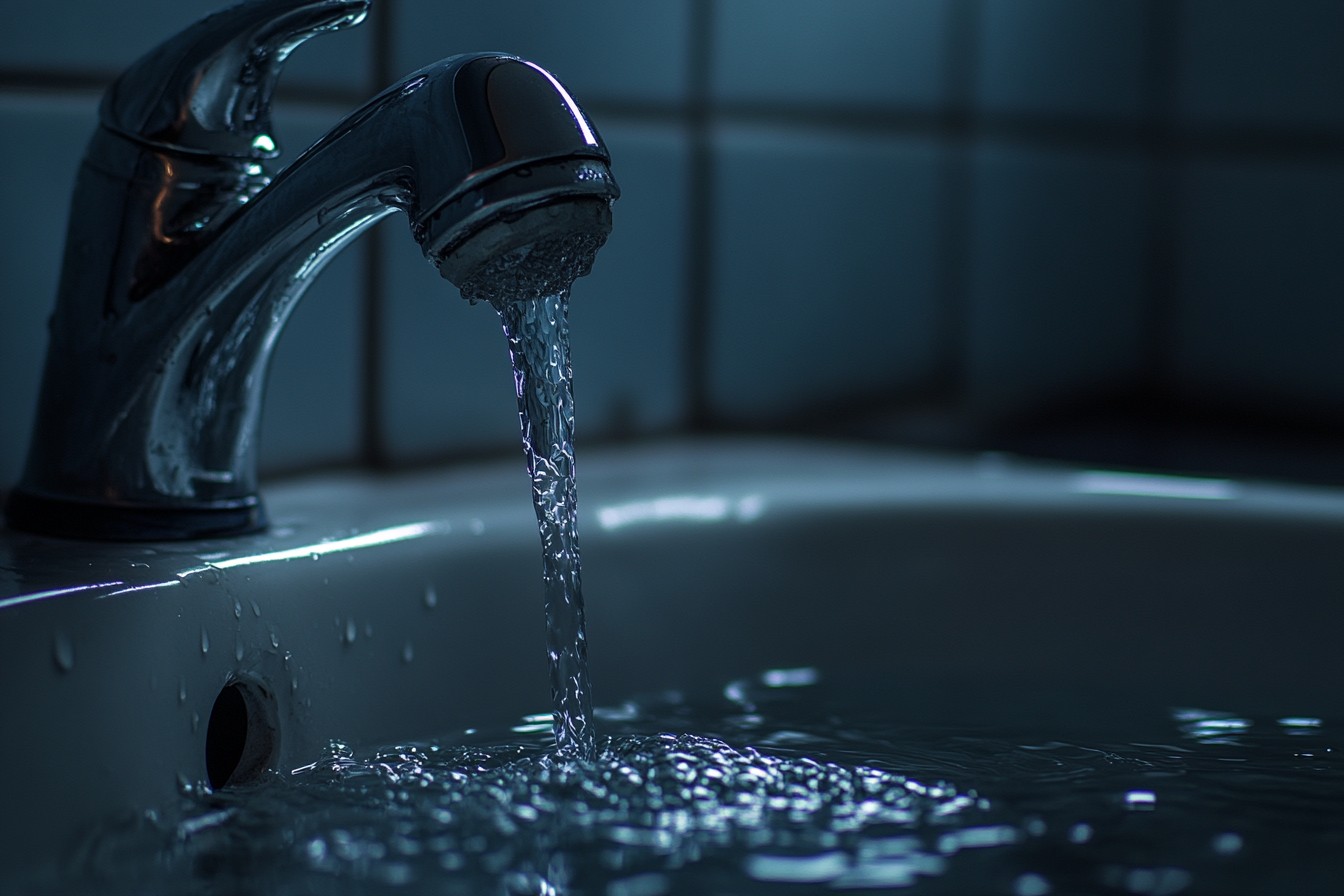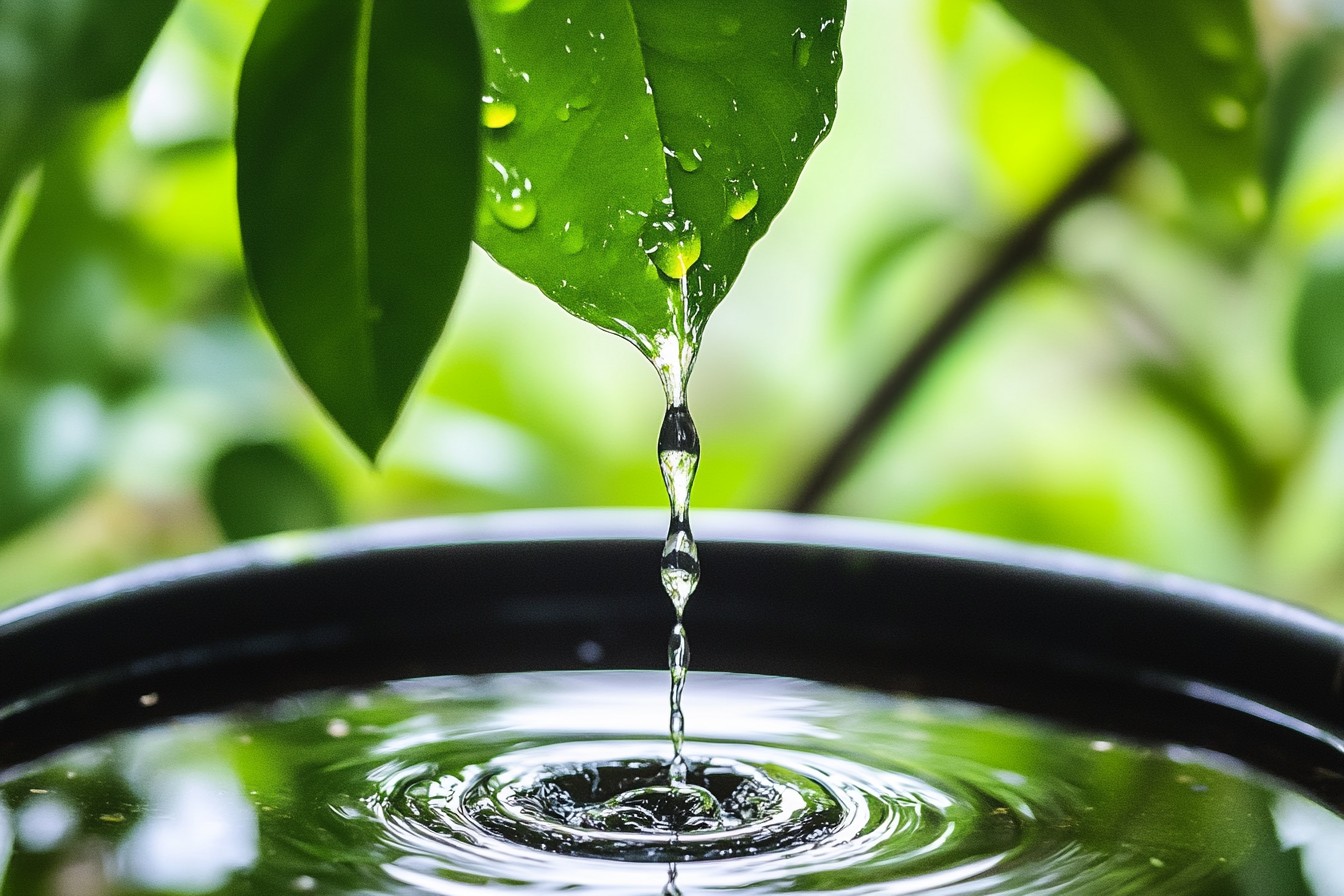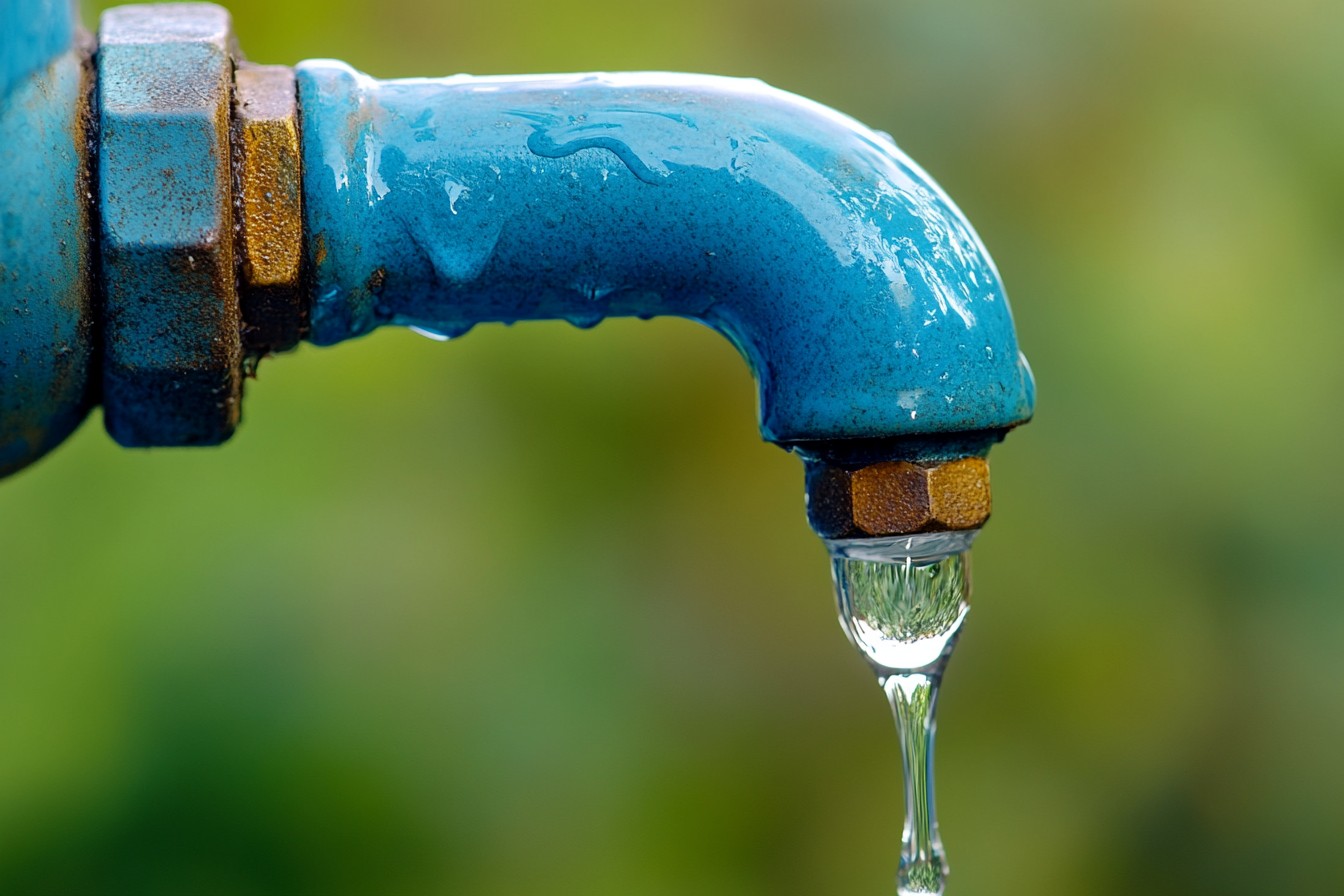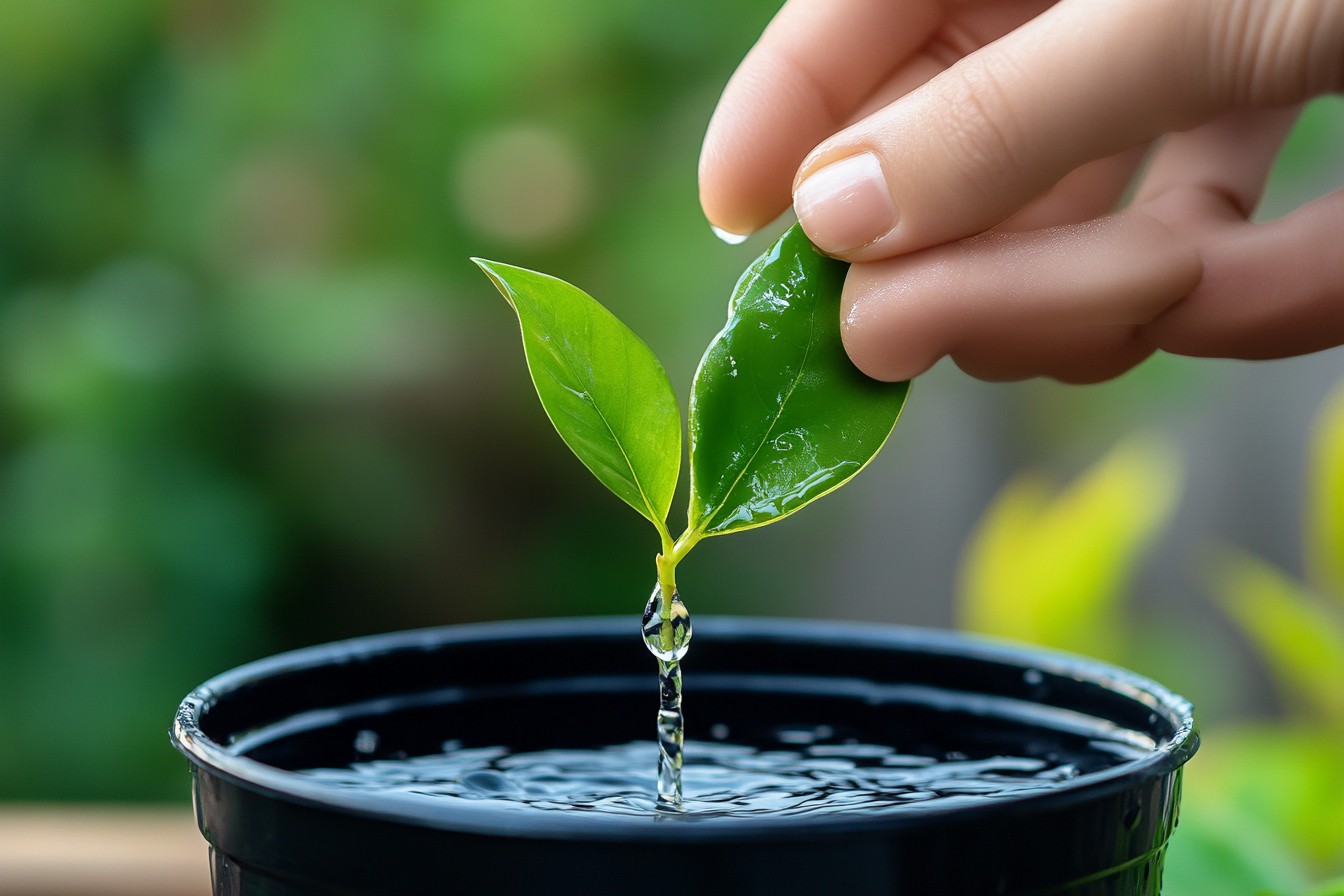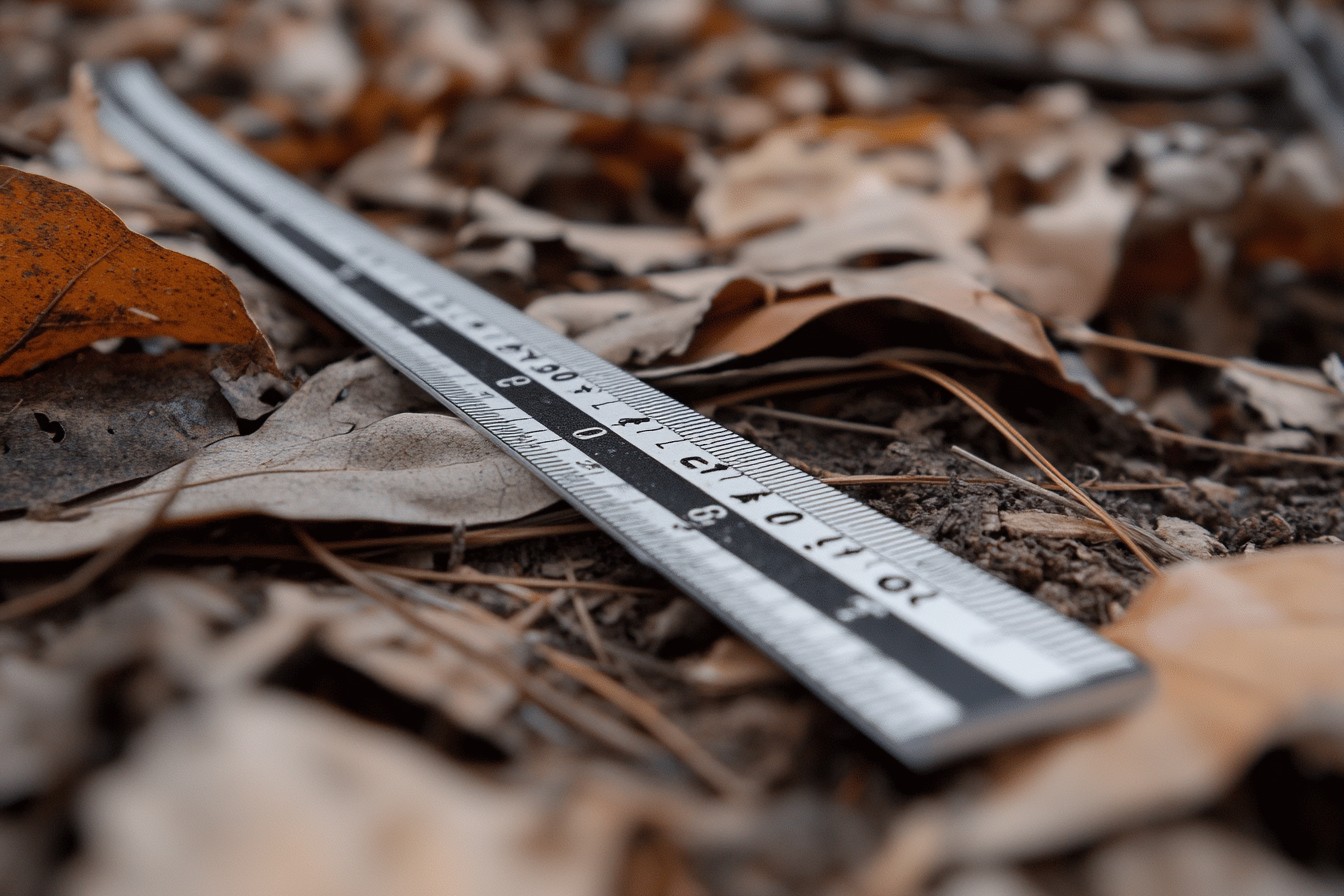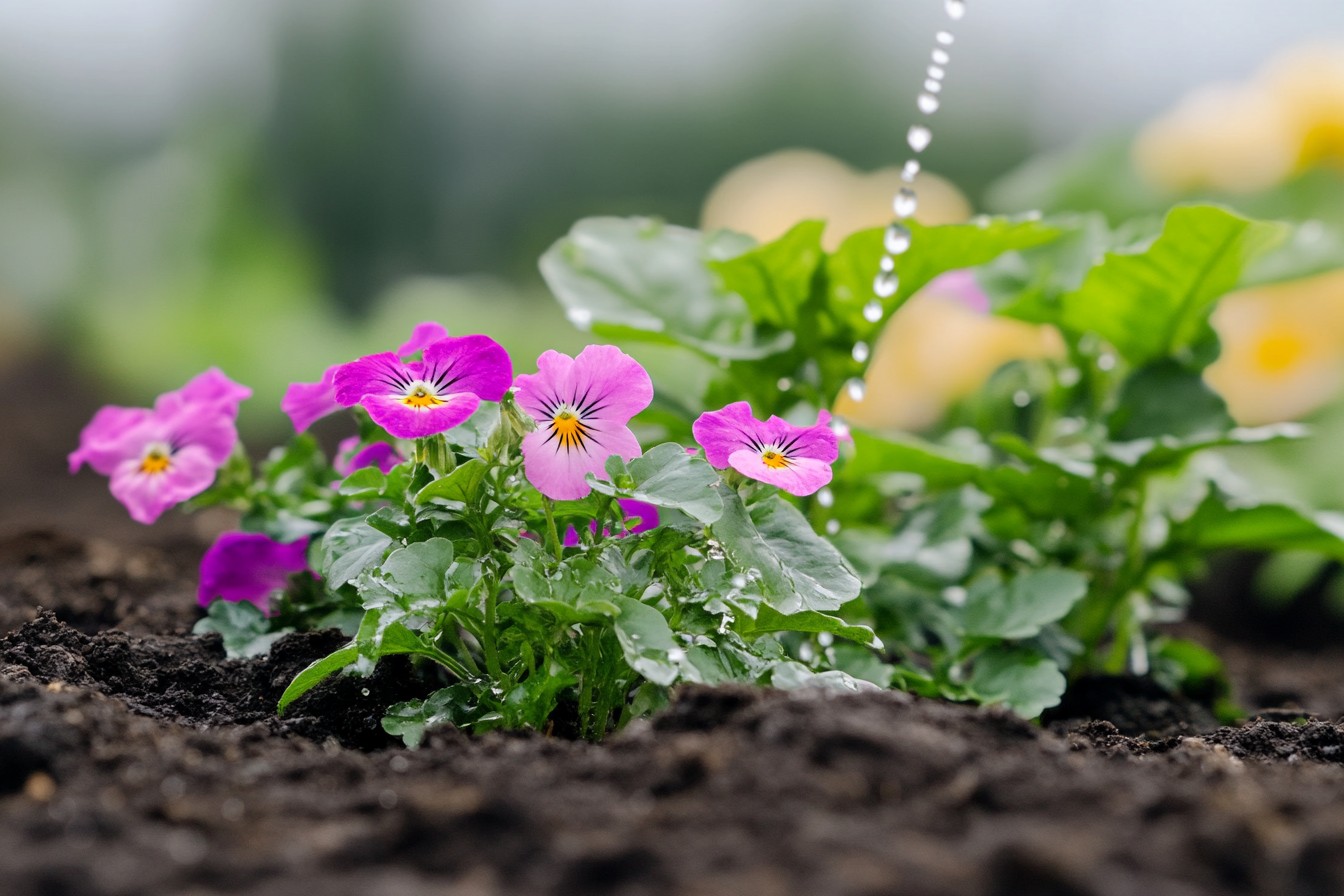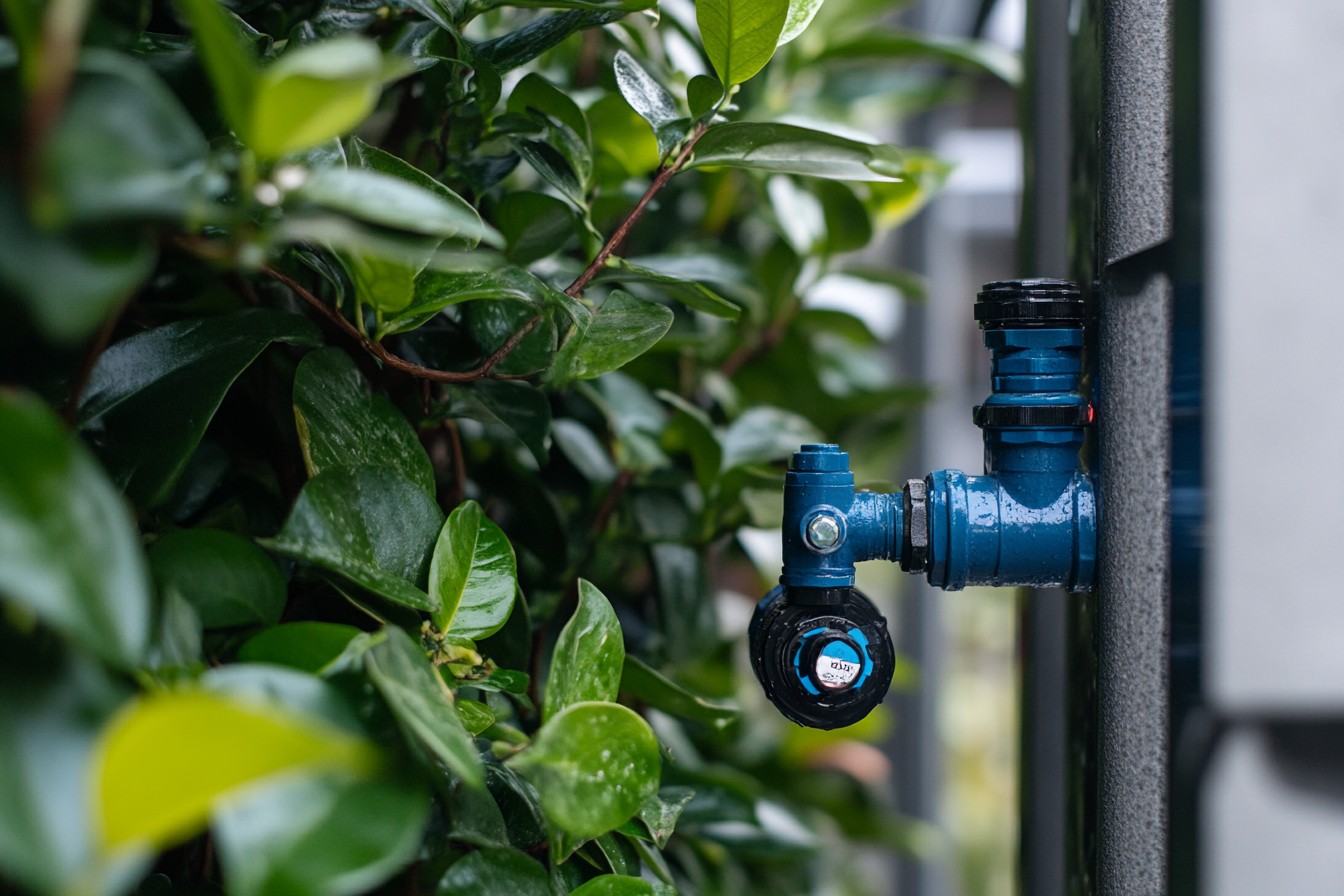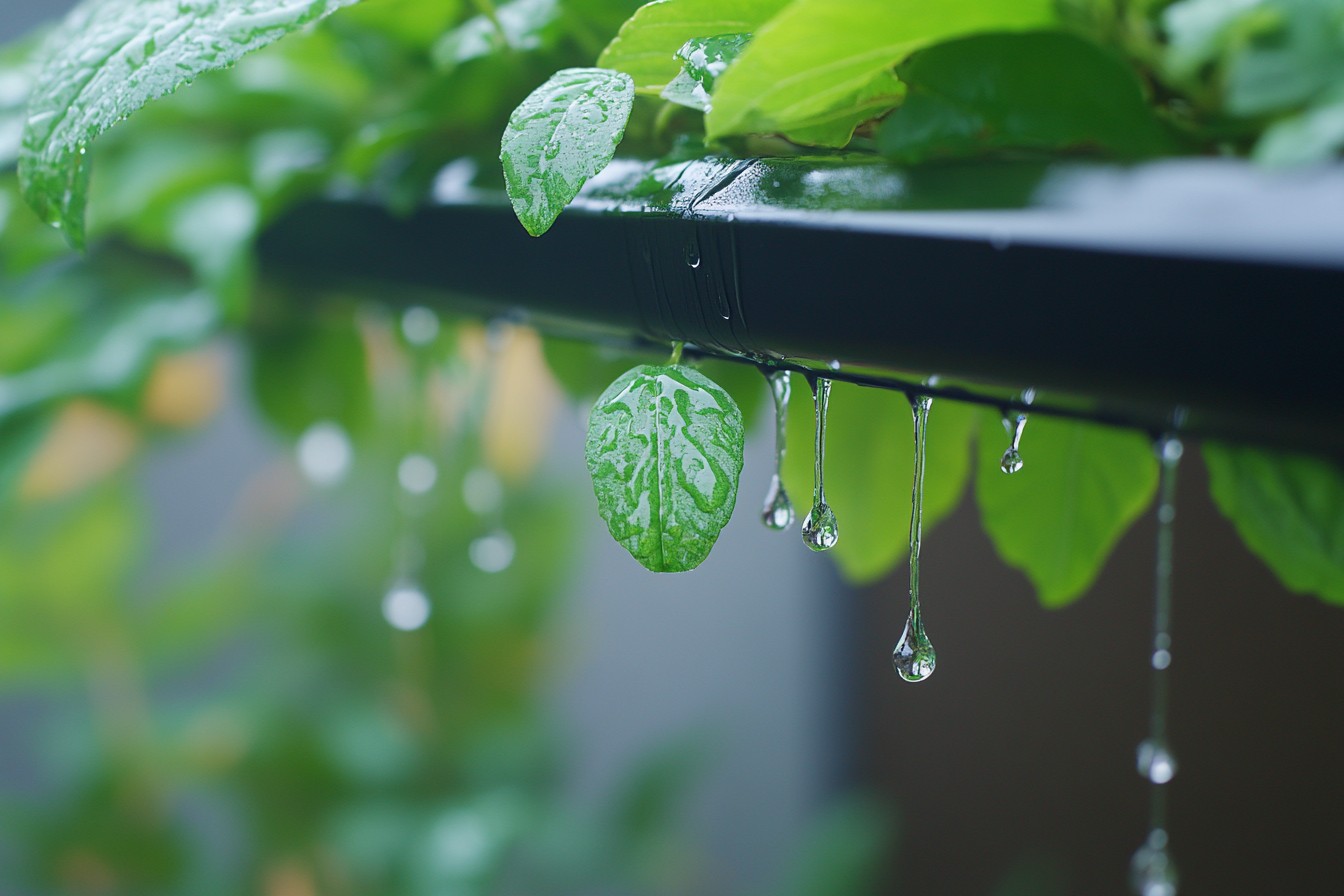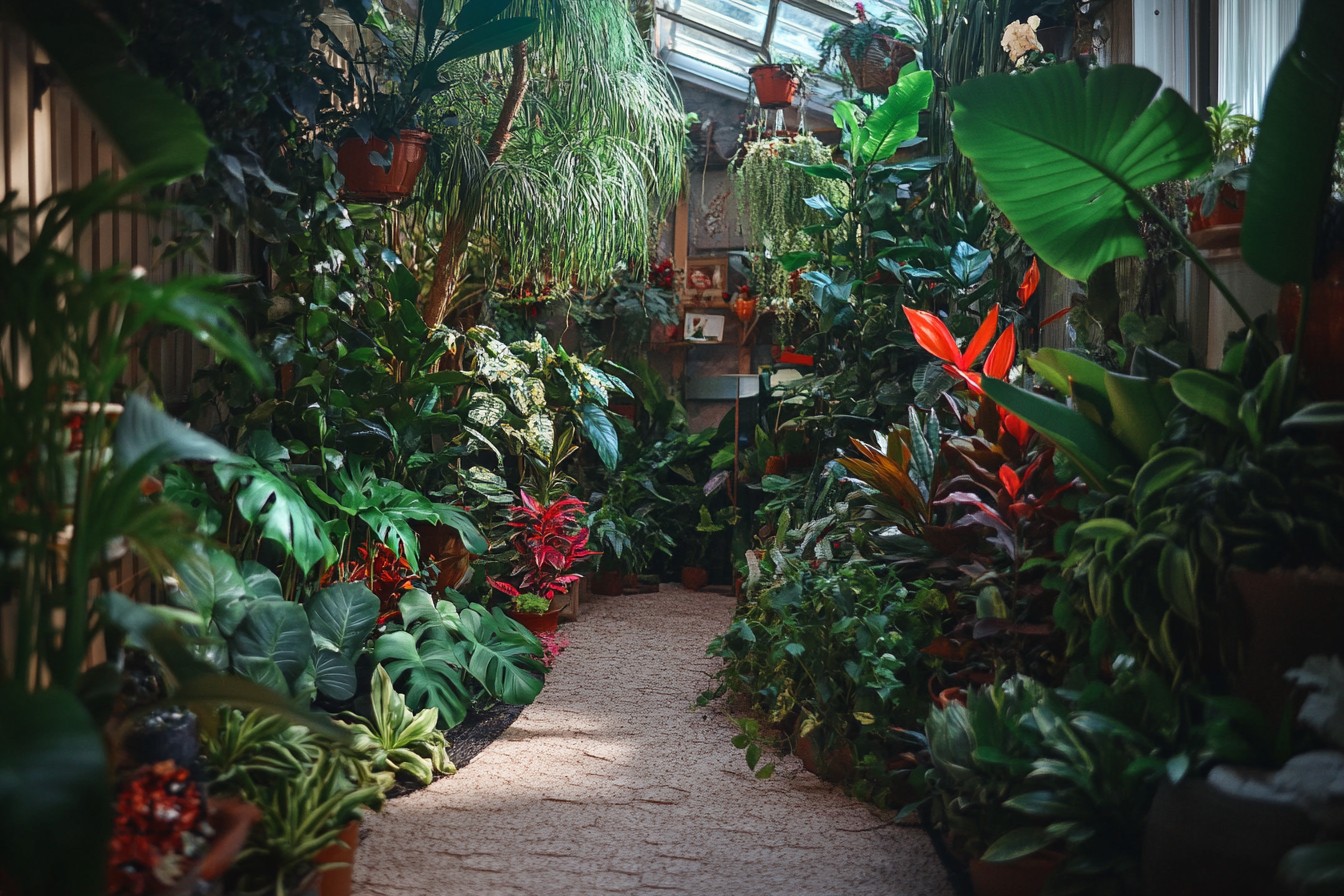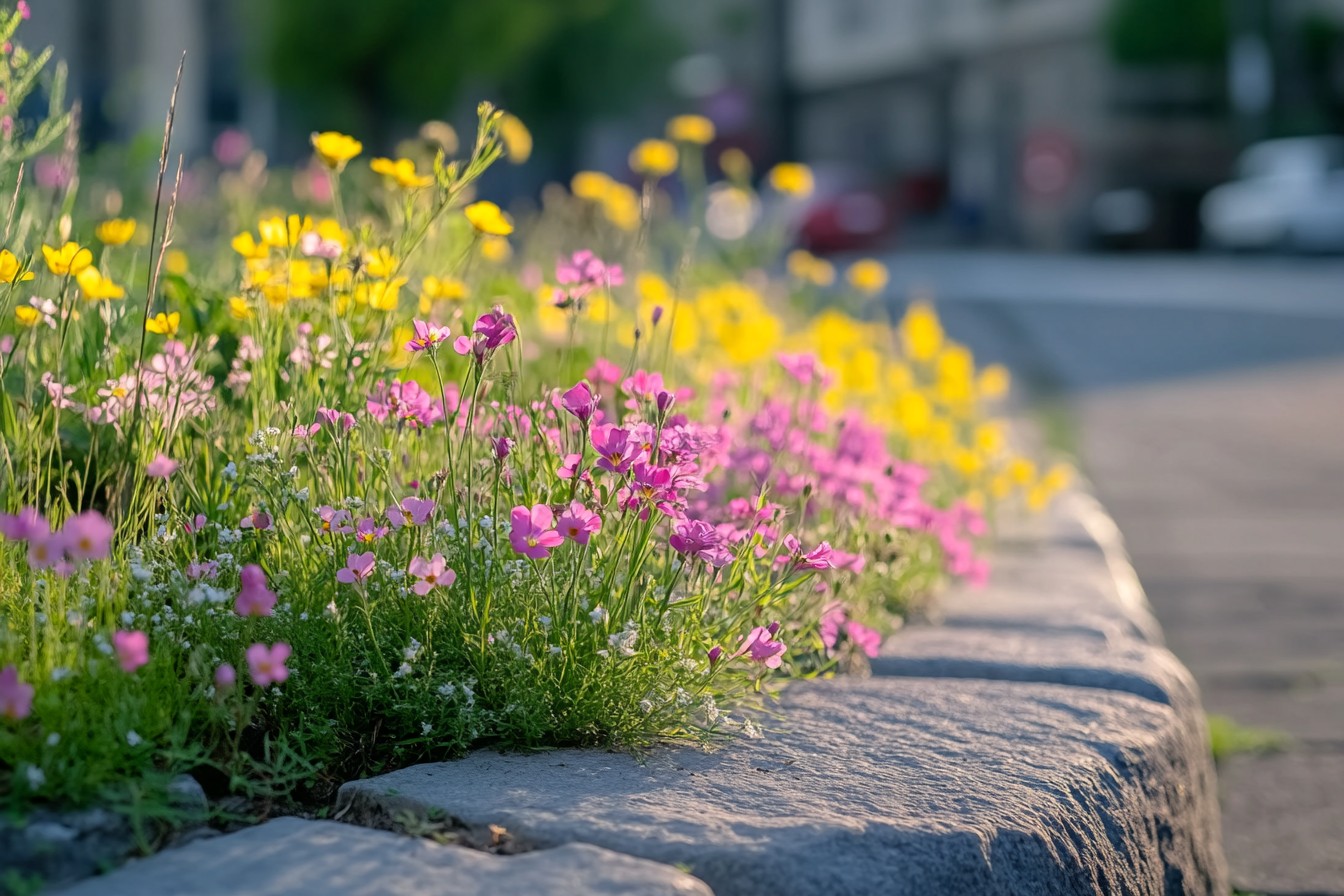I didn’t set out to become the kind of person who gets excited about water bills. Honestly, I never thought I’d be the kind of person who reads water bills at all. But there I was last August, standing at my mailbox in the ridiculous heat, fist-pumping over a piece of paper that most people throw away without reading.
My neighbor Elaine, watering her petunias with a hose that was leaking more water onto her driveway than her plants, looked at me like I’d finally lost it. Maybe I had, but I had the numbers to prove it was a useful kind of insanity. It all started because I’m cheap.
Or “fiscally conscious,” as I tell my mom when she asks why I still use the same threadbare towels I took to college. The water bill for my modest suburban Chicago lot had hit $143 in July, and roughly 80% of that was from watering my increasingly elaborate garden setup. Between the raised beds, the experimental potato bins, and what my girlfriend Harper calls “your unnecessarily complicated tomato situation,” I was essentially dumping money directly into the ground—and a lot of it wasn’t even reaching the roots.
I’d been watering with a combination of oscillating sprinklers (terrible—half the water ended up on the sidewalk or evaporated before hitting soil) and standing there with a hose (slightly better but soul-crushingly boring). On particularly hot days, I’d spend nearly two hours after work just moving a hose around. Two hours!
That’s like watching an entire Lord of the Rings movie, except instead of epic battles and hobbits, it’s just me, slowly developing a weird tan while muttering about dry spots. Harper, who has an annoying tendency to be right about things, had been suggesting a drip irrigation system for months. “Mark,” she’d say, watching me drag the hose for the millionth time, “you realize there’s technology to solve this exact problem, right?” But I’d resisted because: a) it seemed complicated, b) the upfront cost made my eye twitch, and c) I’m pathologically stubborn about admitting when someone else’s idea is better than mine.
The $143 water bill broke me, though. That Sunday, I found myself in the irrigation aisle at Home Depot with a shopping cart and a vague sense of impending financial doom. The damage came to $287.43.
I stood at the checkout, surrounded by coils of black tubing, hundreds of little drippers and emitters, filters, pressure regulators, timers, and connectors, questioning every life decision that had led me to this point. The cashier—Deb, according to her nametag—looked at my pile and simply said, “First drip system?” When I nodded, she patted my hand. “My husband did ours last year.
Don’t worry, you’ll only have to redo it three times before you get it right.” Somehow not reassuring, Deb. Installation took an entire weekend plus two evenings after work. There was swearing.
There was a point where I seriously considered concreting over the entire yard and painting it green. There was an incident with the hole punch tool that resulted in a perfect circular bruise on my thigh that lasted for weeks. But eventually, I had 204 feet of mainline tubing snaking through my garden beds, with 127 individual drip emitters positioned near plant bases, plus three separate zones I could control with manual valves.
It was, if I do say so myself, a masterpiece of amateur plumbing. Now, being an engineer by training and a data nerd by nature, I wasn’t content to just assume the system was saving water. I needed proof.
This is where things get embarrassingly thorough, but hey, you’re reading an article called “Measuring Water Savings: My Drip System by the Numbers,” so you probably share my particular brand of obsessiveness. I’d been keeping meticulous records of my water usage before the drip system installation (told you—data nerd). For three months prior, I’d recorded:
– Exactly how long I watered each day
– The specific zones I focused on
– Weather conditions
– My monthly water bill broken down by unit cost
My pre-drip watering routine typically used about 29 gallons per minute when using the sprinkler, or about 14 gallons per minute with hand watering.
With an average daily watering time of 45 minutes in peak summer, I was using approximately 630-1,305 gallons per day, depending on the method. Multiply that by 30 days, and we’re talking 18,900-39,150 gallons per month just on the garden. No wonder my wallet was crying.
After installing the drip system, I attached a simple flow meter between my spigot and the main irrigation line. Total cost: $27.88, which felt like another unnecessary expense until it became my favorite toy. This thing measured water flow in real-time, and I could see exactly how much water each zone was using.
The first time I turned on the system and watched the numbers slowly tick up—rather than spinning wildly like when using the sprinkler—I felt a ridiculous surge of victory. The results were immediate and frankly a little shocking. My new system used approximately 4 gallons per minute total—less than a third of even my efficient hand-watering method.
Better still, because the drip emitters delivered water directly to the soil around each plant, almost none was wasted on areas where nothing was growing. And because the water was being applied slowly, directly at soil level, there was virtually no evaporation loss compared to the sprinkler, which had been creating its own miniature rainbows on sunny days (pretty, but expensive). The math worked out to about 180 gallons per 45-minute watering session—a reduction of 71% compared to hand watering and 86% compared to using a sprinkler.
My August water bill came in at $64.17, down from July’s $143. I’d saved $78.83 in a single month. Standing in front of my mailbox that day, doing embarrassing victory moves while Elaine stared, I calculated that at this rate, the system would pay for itself in less than four months.
But summer in Chicago eventually gives way to fall, and watering needs change. I was curious how the savings would hold up across seasons, so I kept measuring. This is where the data gets even more interesting (or mind-numbing, depending on your feelings about water usage graphs, which Harper has made abundantly clear).
Fall watering with the drip system averaged about 100 gallons per session, and I cut back to watering every 3 days instead of daily. October’s bill: $48.92. November’s: $36.74, at which point I shut the system down for winter.
The total water savings for August through November came to $246.51 compared to what I would have spent hand-watering, or about $419.72 compared to sprinkler usage. My $287.43 system had already paid for itself, with the flow meter throwing a little parade every time I checked it. When spring rolled around, I made some tweaks to the system.
Added a few more emitters for new plantings, replaced a section of tubing the lawn mower had mysteriously “encountered,” and—most significantly—attached a rain sensor that would automatically delay watering if we’d had significant rainfall. That $32 sensor turned out to be worth its weight in gold during Chicago’s notoriously wet spring. April had 11 days of measurable precipitation, and the sensor prevented the system from running on 8 days when it would have otherwise, saving approximately 1,440 gallons.
The water bill numbers for the full year were impressive even to my skeptical brain:
Pre-drip system (monthly averages):
– Spring: $76.14
– Summer: $132.78
– Fall: $68.93
– Winter: $34.22 (no garden watering)
– Annual total: $936.21
Post-drip system (monthly averages):
– Spring: $41.87
– Summer: $67.21
– Fall: $42.83
– Winter: $34.22 (no change)
– Annual total: $558.39
Total annual savings: $377.82
But the numbers tell only part of the story. There were other benefits I hadn’t anticipated:
1. The plants were noticeably healthier.
Turns out, plants prefer consistent moisture delivered directly to their roots rather than sporadic drenching. My tomato yields increased by about 40% (yes, I counted and compared to the previous year, and no, Harper will never stop teasing me about my tomato spreadsheet). 2.
I reclaimed hundreds of hours of my life. Instead of spending evenings dragging a hose around, I could actually sit on the patio with a beer and, you know, enjoy the garden. Novel concept.
3. Fewer weeds! By delivering water only where it was needed instead of broadcasting it everywhere, I inadvertently stopped watering all the weed seeds lurking between rows.
Weeding time cut by roughly half. 4. Mulch stayed in place better without the daily blast from the sprinkler or hose, which meant less frequent reapplication and further reduced water needs.
The system wasn’t perfect. There were clogs—especially in the micro-emitters I’d used for my herb garden. A squirrel (I’m assuming it was the same repeat offender I’ve named “Destroyer of Dreams”) developed a taste for the 1/4-inch feeder tubes and chewed through three of them before I started adding hot pepper flakes around the lines.
And the timer’s battery died during a two-week period when I was traveling for work, resulting in Harper sending me increasingly panicked photos of wilting tomato plants until the neighbor’s kid figured out how to manually override it. But overall? It’s been the single best garden investment I’ve ever made, and I’ve made some questionable ones (looking at you, $200 Japanese weeding knife that I lost in a compost pile within 48 hours).
For anyone considering a similar setup, my advice is simple: start small, document everything, and prepare to feel unreasonably excited about your water bill. You’ll save money, your plants will thank you, and you’ll reclaim countless hours of your life that would otherwise be spent watching water come out of a hose. Plus, you’ll have the satisfaction of proving that your significant other was right all along—which, as Harper regularly reminds me, is ultimately the most valuable outcome of all.
